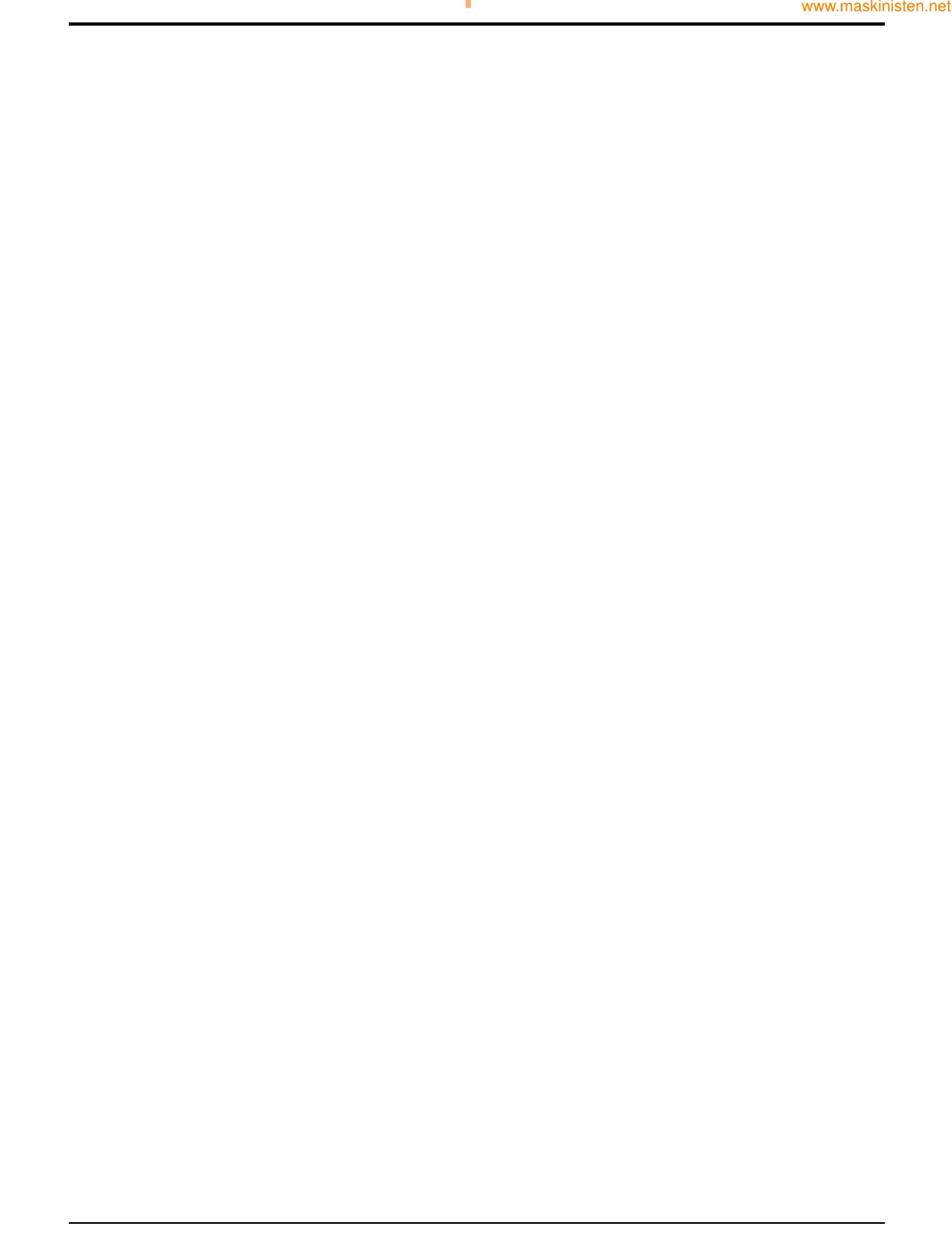21 - 3
Pressure and Flow Tests (continued)
Pump Flow
1 Stop engine, remove transmission filter F, and screw
adapter X (service tool 892/00304) on to the threaded
spigot. Fit test adapter Y (service tool 892/00301) and
secure with adapter Z (service tool 892/00302).
Connect flowmeter W (service tool 892/00229).
2 Start engine and run at 1000 rev/min. With the
transmission in neutral the flowmeter will show the
Pump Flow which should be as given in Technical
Data.
3 Repeat step 2 and note gauge readings with engine
running at 2000 rev/min.
4 Stop engine and remove test adapters, refit filter.
If the pump flow is low, refer to Fault Finding 'Low Pump
Flow'.
Converter Out Pressure/Oil Cooler Flow Rate
1 Stop engine, connect a 0-10 bar (0-145 lbf/in
2
) pressure
gauge and flowmeter (see note) into the converter out
line as shown at E and H respectively.
Note: The flowmeter must have a low back pressure,
otherwise an incorrect reading will be obtained.
2 Run the engine at 1000 rev/min with transmission in
neutral. The pressure gauge indicates the Converter
Out Pressure and the flowmeter indicates the Oil
Cooler Flow Rate, both readings should be as given in
Technical Data.
3 Repeat step 2 and note gauge readings with engine
running at 2000 rev/min.
4 Stop engine, remove test gauges and refit hoses to
original position.
If the pressure is low, refer to Fault Finding 'Low Converter
Out Pressure' for a list of possible reasons. A high pressure
together with low flow could be caused by a blocked oil
cooler.
Converter In Pressure
1 Stop engine, connect a 0-10 bar (0-145 lbf/in
2
) pressure
gauge to test point D.
2 Start the engine and run at 1000 rev/min. With the
transmission in neutral the pressure gauge will show
Converter In Pressure which should be as given in
Technical Data. A high or low reading could indicate a
faulty converter relief valve, or a problem with the
pump.
3 Remove pressure test gauge.
Converter Relief (Safety) Valve Pressure
1 Connect a 0-10 bar (0-145 lbf/in
2
) pressure gauge to
test point D.
2 Fit a load valve J into the converter out line.
CAUTION: Make sure the load valve is in the OPEN position
(the adjusting knob screwed fully out) before starting the
following pressure test. If the load valve is not fully open,
damage to the converter seals will be incurred.
CAUTION: DO NOT allow the pressure to exceed 7.6 bar
(110 lbf/in
2
) or damage to the converter seals will be caused.
3 Start the engine and run at 1000 rev/min. With the
transmission in neutral, slowly screw down the load
valve J whilst observing the gauge reading which
should rise to the Converter Relief (Safety) Valve
setting as given in Technical Data.
4 If the reading is higher than specified then the converter
relief valve is faulty. A low reading indicates a leaking
pump seal or a faulty converter relief valve.
5 Stop engine, remove test gauges and refit hoses to
original position.
Lubrication Pressure
1 Stop engine, connect a suitable pressure gauge into
the return line from the oil cooler to the transmission as
shown at G.
2 Start the engine and run at 1000 rev/min. With the
transmission in neutral the pressure gauge will indicate
the Lubrication Pressure which should be as given in
Technical Data.
3 Repeat step 2 and note gauge readings with engine
running at 2000 rev/min.
4 Stop engine and remove pressure gauge.
Section F Transmission
9803/7130
Section F
21 - 3
Issue 1
Service Procedures

